
Filter News
Area of Research
News Topics
- (-) Artificial Intelligence (7)
- (-) Quantum Science (5)
- 3-D Printing/Advanced Manufacturing (1)
- Big Data (8)
- Bioenergy (3)
- Biomedical (8)
- Clean Water (1)
- Computer Science (28)
- Coronavirus (6)
- Cybersecurity (1)
- Energy Storage (2)
- Environment (3)
- Exascale Computing (3)
- Grid (1)
- High-Performance Computing (1)
- Machine Learning (3)
- Materials Science (5)
- Mathematics (1)
- Nanotechnology (2)
- Neutron Science (22)
- Nuclear Energy (2)
- Physics (1)
- Polymers (1)
- Security (1)
- Space Exploration (1)
- Summit (9)
- Transportation (2)
Media Contacts
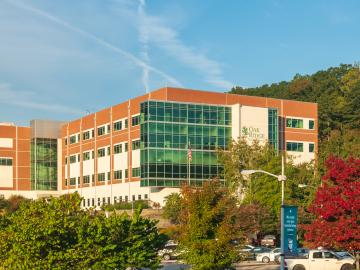
ORNL and three partnering institutions have received $4.2 million over three years to apply artificial intelligence to the advancement of complex systems in which human decision making could be enhanced via technology.
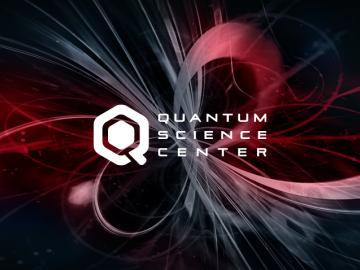
The Department of Energy has selected Oak Ridge National Laboratory to lead a collaboration charged with developing quantum technologies that will usher in a new era of innovation.

In the early 2000s, high-performance computing experts repurposed GPUs — common video game console components used to speed up image rendering and other time-consuming tasks
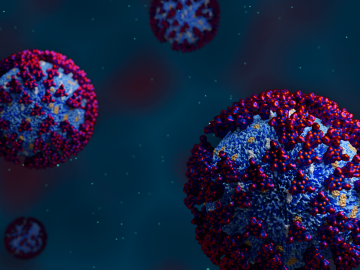
In the race to identify solutions to the COVID-19 pandemic, researchers at the Department of Energy’s Oak Ridge National Laboratory are joining the fight by applying expertise in computational science, advanced manufacturing, data science and neutron science.

We have a data problem. Humanity is now generating more data than it can handle; more sensors, smartphones, and devices of all types are coming online every day and contributing to the ever-growing global dataset.
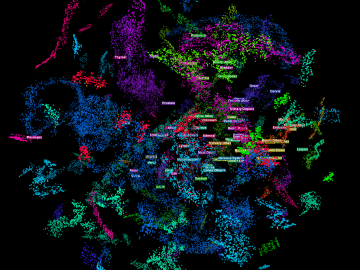
As the second-leading cause of death in the United States, cancer is a public health crisis that afflicts nearly one in two people during their lifetime.

A team from the ORNL has conducted a series of experiments to gain a better understanding of quantum mechanics and pursue advances in quantum networking and quantum computing, which could lead to practical applications in cybersecurity and other areas.
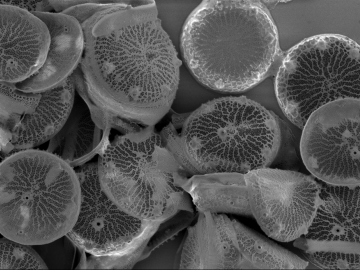
Students often participate in internships and receive formal training in their chosen career fields during college, but some pursue professional development opportunities even earlier.
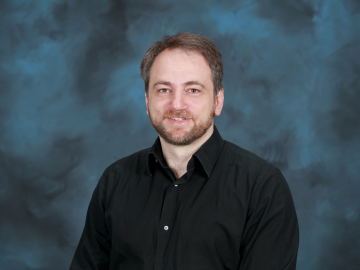
Artificial intelligence (AI) techniques have the potential to support medical decision-making, from diagnosing diseases to prescribing treatments. But to prioritize patient safety, researchers and practitioners must first ensure such methods are accurate.
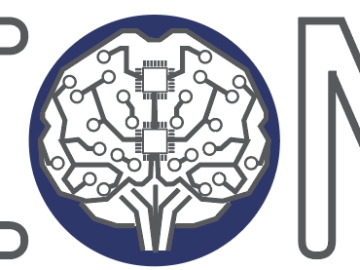
Materials scientists, electrical engineers, computer scientists, and other members of the neuromorphic computing community from industry, academia, and government agencies gathered in downtown Knoxville July 23–25 to talk about what comes next in


